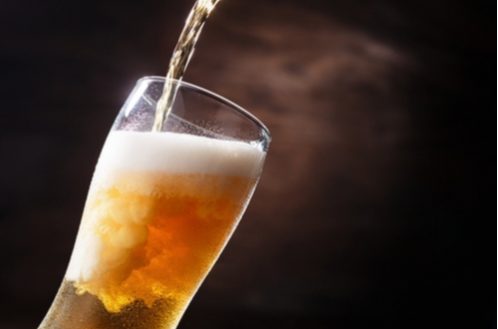Treasury Department’s Report Recommends an Antitrust Cocktail to Revive Competition in Alcohol Markets

By: Yo W. Shiina (Constantine Cannon)
The United States Treasury Department has answered President Biden’s call for increased antitrust enforcement with a comprehensive report (the “Report”) on competition in alcohol markets that strongly recommends increased antitrust scrutiny of those markets by the Department of Justice (“DOJ”) and Federal Trade Commission (“FTC”).
The Treasury Department issued the Report on February 14, 2022, in response to President Biden’s Executive Order on Promoting Competition in the American Economy, which he issued on July 9, 2021.
The Treasury Department’s 63-page Report identifies two major areas of competitive concern in alcohol markets: (1) rigid and fragmented distribution system based on obsolete state regulations created at the end of Prohibition, and (2) concentration of market power in both the producer/supplier tier (especially in the beer industry) and the distributor tier. According to the Report, anticompetitive regulations of the alcohol industry could be causing consumer to pay an extra $147-478 million.
Many of the competitive concerns identified by the Report can be traced back to the immediate aftermath of the Prohibition era. The 21st Amendment to the U.S. Constitution, which ended Prohibition in 1933, recognizes states’ authority to regulate “transportation or importation . . . for delivery or use therein of intoxicating liquors.” This provision has been interpreted to give states broad powers to control trade of alcoholic beverages, even to the preemption of federal regulatory power under the Commerce Clause of the U.S. Constitution. (State Board of Equalization v Young, 299 US 59 (1936)). As a result, state laws and regulations played a significant role in shaping today’s alcohol markets.
Because many of these state laws that still govern the fundamental structure of the alcohol markets were enacted at the end of Prohibition era, they are designed to keep the pricing at the supra-competitive level to “foster temperance.” Such regulations also make it difficult for small-scale craft producers to compete with large-scale producers.
Many states require alcohol beverages to be sold through a “three-tier” system for producer/supplier, distributor/wholesaler, and retailer, originally designed to prevent monopolistic control through vertical integration. The distributor tier is subject to varying state regulations, categorized as “open,” “franchise,” and “control” schemes.
In open states, suppliers are free to terminate their relationships with existing distributors and switch to different distributor (subject to contractual obligations). But in franchise states, a supplier is typically required to show “good cause” in a legal proceeding. This practically locks in the supplier-distributor relationship once it’s formed and places burden especially on craft producers. In addition, many states require producers to assign exclusive distributor territories, thereby prohibiting producers from contracting with multiple distributors. The resulting lack of competition can be problematic especially when a large, national-level supplier such as Anheuser-Busch has a vertical relationship with the distributor…
Featured News
Google and South Carolina Clash Over State Records Demand
May 8, 2024 by
CPI
Telefonica Germany Teams Up with Amazon Web Services to Migrate 5G Customers
May 8, 2024 by
CPI
Federal Judge Grants $7.4 Million Settlement in Pork Price-Fixing Case
May 8, 2024 by
CPI
Wilson Sonsini Bolsters Antitrust and Competition Practice with Key Partner Returns
May 8, 2024 by
CPI
EU to Scrutinize Telecom Italia’s Network Sale to KKR
May 8, 2024 by
CPI
Antitrust Mix by CPI
Antitrust Chronicle® – Economics of Criminal Antitrust
Apr 19, 2024 by
CPI
Navigating Economic Expert Work in Criminal Antitrust Litigation
Apr 19, 2024 by
CPI
The Increased Importance of Economics in Cartel Cases
Apr 19, 2024 by
CPI
A Law and Economics Analysis of the Antitrust Treatment of Physician Collective Price Agreements
Apr 19, 2024 by
CPI
Information Exchange In Criminal Antitrust Cases: How Economic Testimony Can Tip The Scales
Apr 19, 2024 by
CPI